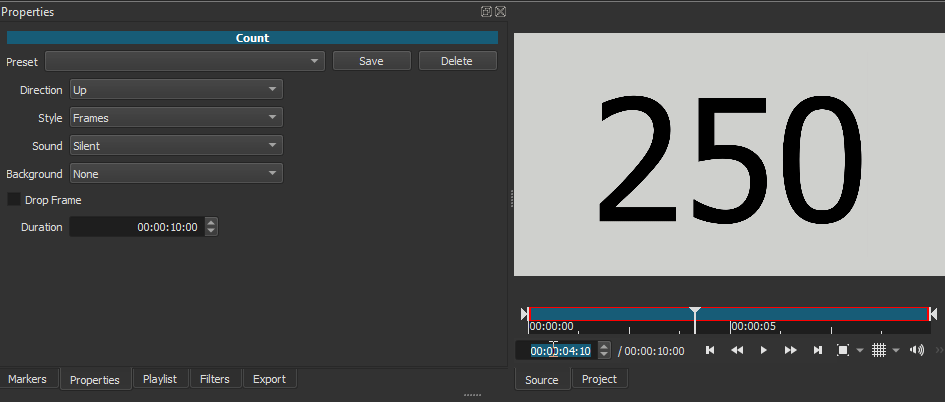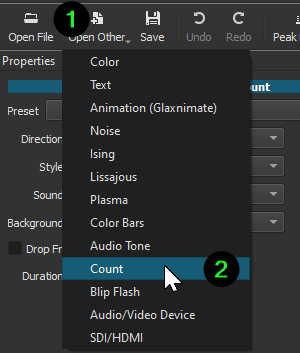Have you tried the Count option in Open Other?
You can also directly enter the frame # you want to skip to.
Made a sample video:


Entering a frame number count only adheres to the Video Mode FPS, not to the source.
Shotcut’s timecode is HH:MM:SS:FF (FF=Frames).